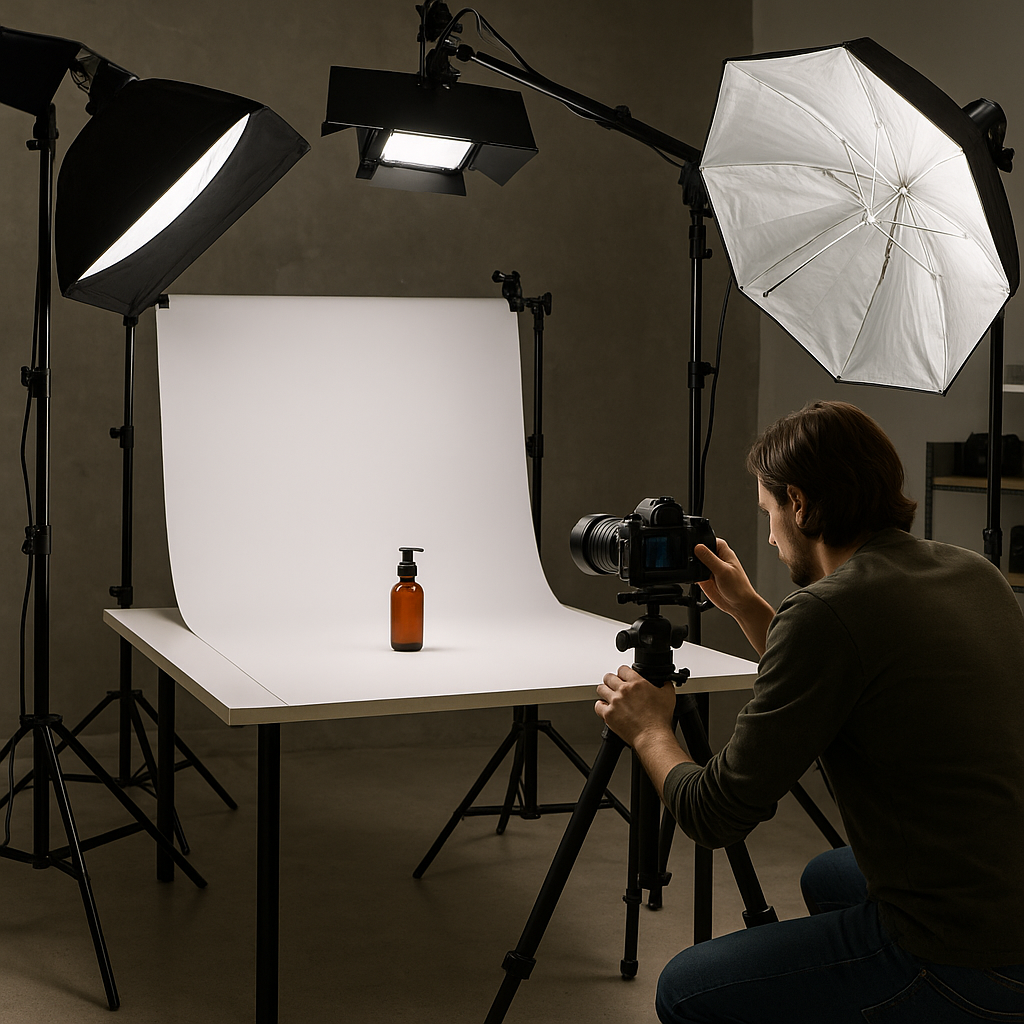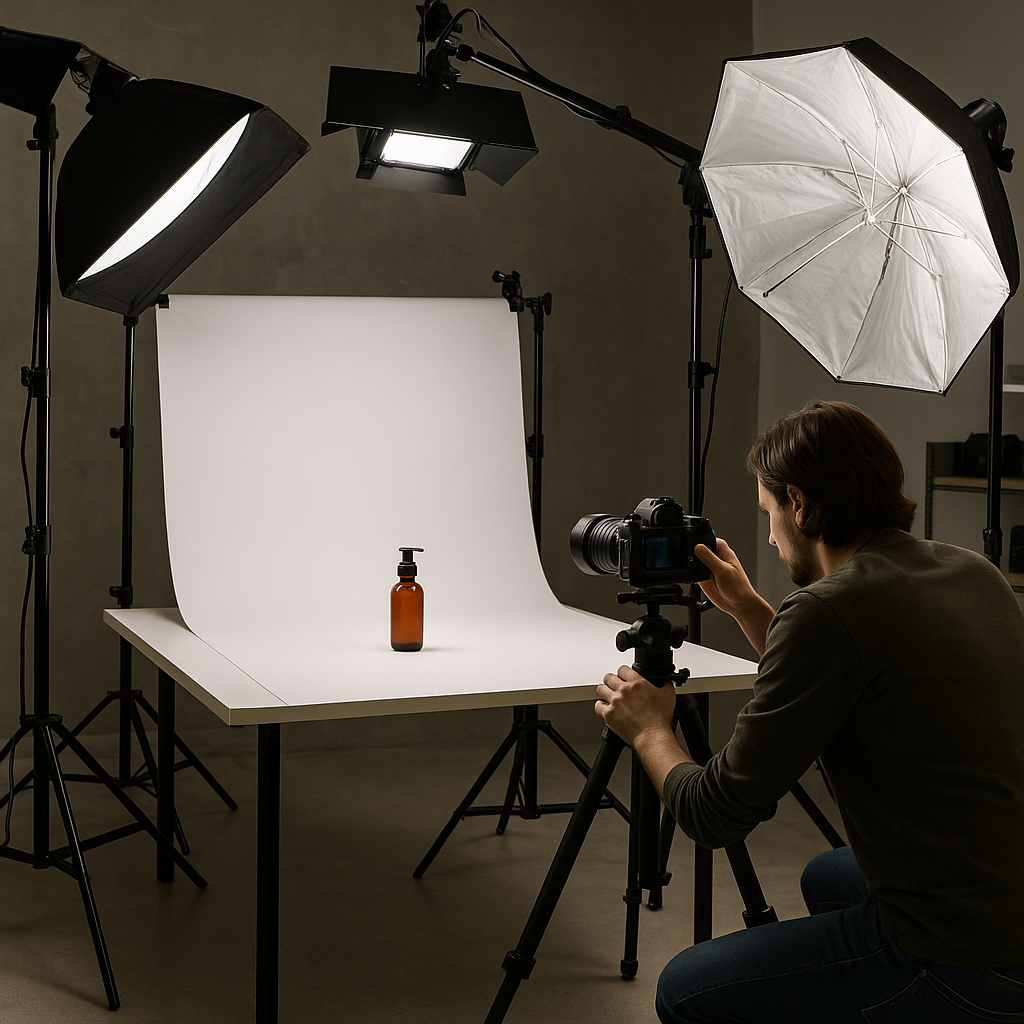
As a photographer, you’re likely no stranger to the thrill of capturing breathtaking aerial shots. With the rise of drone technology, the possibilities for stunning photography have never been more accessible. Two of the most popular drones on the market are the DJI Mini and the Mavic series. But which one is best suited for photography? In this comprehensive blog post, we’ll dive into the details of both drones, comparing their features, capabilities, and performance to help you make an informed decision.
Introduction to DJI Mini and Mavic
DJI, a renowned leader in drone technology, has been revolutionizing the aerial photography landscape with its innovative products. The DJI Mini, released in 2019, is a compact, lightweight drone that’s been making waves with its impressive features and affordable price point. The Mavic series, on the other hand, has been a favorite among professional photographers and enthusiasts alike since its introduction in 2016. With several models in the Mavic lineup, including the Mavic Air, Mavic 2, and Mavic Pro, there’s no shortage of options for those seeking high-quality aerial photography.
Design and Portability
When it comes to portability, the DJI Mini takes the cake. Weighing in at just 249 grams, this tiny drone can easily fit in a small bag or even a pocket. Its compact design and foldable arms make it the perfect companion for travel photographers. The Mavic series, while still relatively portable, is slightly larger and heavier. The Mavic Air, for example, weighs around 430 grams, while the Mavic 2 Pro and Mavic Pro come in at around 900 grams.
While the Mavic’s larger size may make it more cumbersome to transport, it’s worth noting that the extra weight and size often translate to better performance, range, and image quality. However, if you’re looking for an ultra-lightweight option that won’t weigh you down, the DJI Mini is the clear winner.
Camera Capabilities
When it comes to camera capabilities, both drones offer impressive specs. The DJI Mini features a 1/2.3-inch CMOS sensor, capable of capturing 12-megapixel stills and 4K video at 30fps. The Mavic series, on the other hand, boasts more advanced camera systems. The Mavic Air 2, for example, features a 1/2-inch CMOS sensor, capable of capturing 48-megapixel stills and 4K video at 60fps. The Mavic 2 Pro and Mavic Pro feature even more impressive cameras, with 1-inch CMOS sensors and 20-megapixel stills.
In terms of image quality, the Mavic series has a clear advantage. The larger sensor and more advanced lens system result in better low-light performance, more detailed images, and a wider dynamic range. However, the DJI Mini still produces excellent results, especially considering its compact size and affordable price point.
Stabilization and Gimbal Performance
Both drones feature advanced stabilization systems, which are essential for smooth, shake-free footage. The DJI Mini boasts a 3-axis gimbal, which provides excellent stability and allows for precise camera control. The Mavic series also features 3-axis gimbals, but with more advanced algorithms and motors, resulting in even smoother performance.
In our testing, both drones delivered impressive stabilization performance, with the Mavic series edging out the DJI Mini in terms of sheer smoothness. However, the DJI Mini’s gimbal performance is still more than capable of producing high-quality footage.
Flight Performance and Range
When it comes to flight performance, the Mavic series has a clear advantage. With more powerful motors and a more efficient design, the Mavic drones offer longer flight times and more stable performance in windy conditions. The Mavic Air 2, for example, boasts a maximum flight time of up to 34 minutes, while the Mavic 2 Pro and Mavic Pro offer up to 31 minutes of flight time.
The DJI Mini, on the other hand, has a more modest flight time of up to 30 minutes. However, its compact size and lightweight design make it more agile and responsive, making it a joy to fly in tight spaces.
Obstacle Avoidance and Safety Features
Both drones feature advanced obstacle avoidance systems, which are essential for safe and worry-free flying. The DJI Mini features a forward and downward-facing camera, which provides basic obstacle detection. The Mavic series, on the other hand, boasts a more advanced system, with forward, backward, and downward-facing cameras, as well as infrared sensors.
In our testing, both drones performed well in obstacle avoidance tests, but the Mavic series had a clear advantage in more complex environments. The Mavic’s more advanced sensors and algorithms allowed it to detect and avoid obstacles with greater accuracy.
Photography Features and Modes
When it comes to photography features, both drones offer a range of modes and settings to help you capture stunning images. The DJI Mini features a variety of modes, including Single Shot, Burst Mode, and Time-Lapse. The Mavic series offers even more advanced features, including Advanced Pilot Assistance Systems (APAS), ActiveTrack, and HyperLight.
The Mavic series also offers more manual controls, allowing experienced photographers to fine-tune their settings and capture images with greater precision. However, the DJI Mini’s more streamlined interface makes it easier for beginners to pick up and start flying.
Verdict and Recommendations
So which drone is best suited for photography? The answer ultimately depends on your needs, budget, and experience level. If you’re a professional photographer or enthusiast looking for top-notch image quality and advanced features, the Mavic series is likely the better choice.
However, if you’re a beginner or looking for a compact, affordable option that’s easy to fly and transport, the DJI Mini is an excellent option. Its impressive features, combined with its affordable price point, make it an excellent entry-point for those new to drone photography.
Recommendations:
Beginners: DJI Mini
Enthusiasts: Mavic Air 2
Professionals: Mavic 2 Pro or Mavic Pro
Conclusion
In conclusion, both the DJI Mini and Mavic series offer incredible capabilities for aerial photography. While the Mavic series boasts more advanced features and image quality, the DJI Mini’s compact size, affordability, and ease of use make it an excellent option for beginners and enthusiasts.
As drone technology continues to evolve, we can expect even more innovative features and capabilities to emerge. Whether you’re a seasoned pro or just starting out, there’s never been a more exciting time to explore the world of aerial photography.
Spec Comparison:
| Feature | DJI Mini | Mavic Air 2 | Mavic 2 Pro | Mavic Pro |
| — | — | — | — | — |
| Weight | 249g | 430g | 900g | 900g |
| Camera | 1/2.3-inch CMOS, 12MP | 1/2-inch CMOS, 48MP | 1-inch CMOS, 20MP | 1-inch CMOS, 20MP |
| Video | 4K @ 30fps | 4K @ 60fps | 4K @ 60fps | 4K @ 60fps |
| Flight Time | Up to 30 minutes | Up to 34 minutes | Up to 31 minutes | Up to 31 minutes |
| Range | Up to 4km | Up to 8km | Up to 8km | Up to 7km |
| Obstacle Avoidance | Forward and downward-facing camera | Forward, backward, and downward-facing cameras, IR sensors | Forward, backward, and downward-facing cameras, IR sensors | Forward, backward, and downward-facing cameras, IR sensors |
By understanding the strengths and weaknesses of each drone, you can make an informed decision and choose the best tool for your aerial photography needs. Happy flying!





